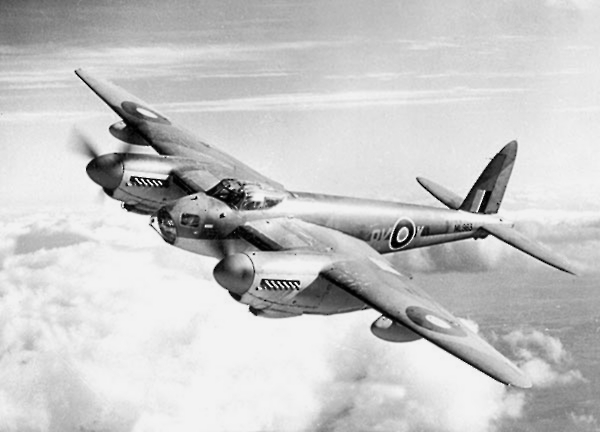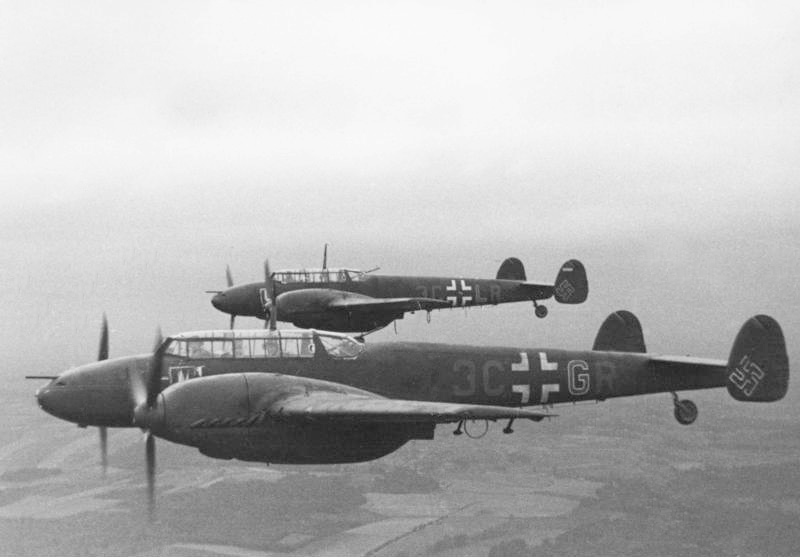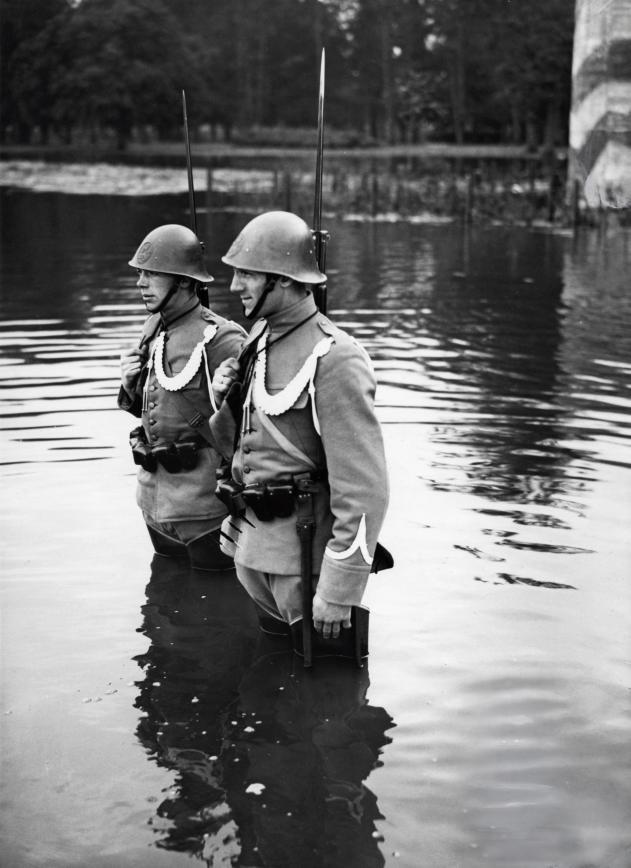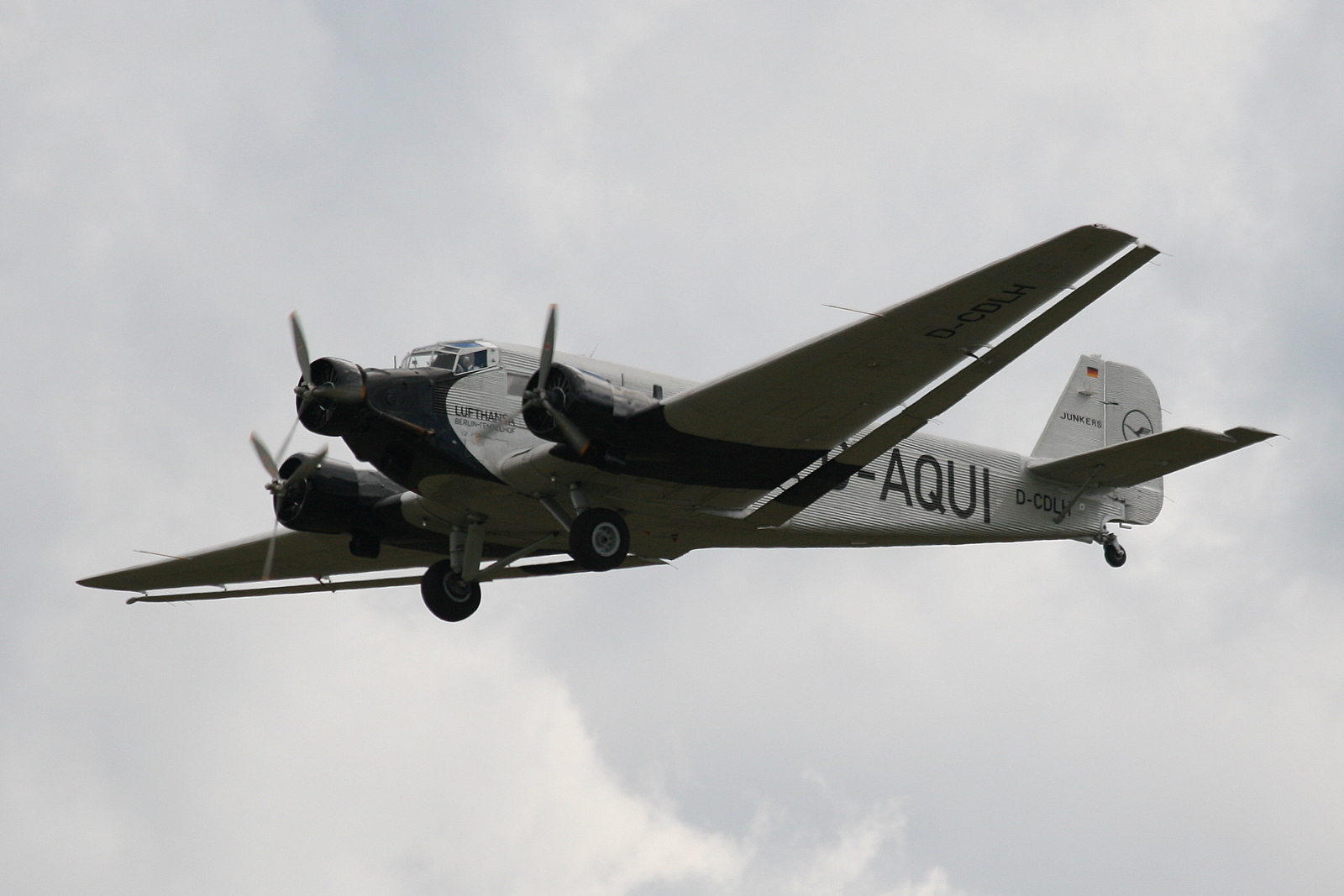|
Zerstörer
A heavy fighter is a historic category of fighter aircraft produced in the 1930s and 1940s, designed to carry heavier weapons, and/or operate at longer ranges than light fighter aircraft. To achieve performance, most heavy fighters were twin-engine, and many had multi-place crews; This was in contrast to light fighters, which were typically single-engine and single-crew aircraft. In Germany, they were known as ''Zerstörer'' ("destroyer"). The heavy fighter was a major design class during the pre-World War II period, conceived as long-range escort fighters or heavily-armed bomber destroyers. Most such designs failed in this mission, as they could not maneuver with the more conventional, single-engine fighters, and suffered heavy losses. Most notable among such designs was the Messerschmitt Bf 110, which suffered great losses during the Battle of Britain. An exception was the American Lockheed P-38 Lightning, which proved an effective heavy fighter; even against smaller, lighte ... [...More Info...] [...Related Items...] OR: [Wikipedia] [Google] [Baidu] |
Messerschmitt Bf 110
The Messerschmitt Bf 110, often known unofficially as the Me 110,Because it was built before ''Bayerische Flugzeugwerke'' became Messerschmitt AG in July 1938, the Bf 110 was never officially given the designation Me 110. is a twin-engine (Destroyer, heavy fighter), fighter-bomber (''Jagdbomber'' or ''Jabo''), and night fighter (''Nachtjäger'') developed in Nazi Germany in the 1930s and used by the Luftwaffe during World War II. Hermann Göring was a proponent of the Bf 110, believing its heavy armament, speed, and range would make the Bf 110 the Luftwaffe’s premier offensive fighter. Early variants were armed with two MG FF 20 mm cannon, four 7.92 mm (.312 in) MG 17 machine guns, and one 7.92 mm (.312 in) MG 15 machine gun for defence (later variants would replace the MG FFs with MG 151s and the rear gunner station would be armed with the twin-barreled MG 81Z). Development work on an improved type to replace the Bf 110 - the Messerschmitt Me 210 - began be ... [...More Info...] [...Related Items...] OR: [Wikipedia] [Google] [Baidu] |
Luftwaffe
The ''Luftwaffe'' () was the aerial-warfare branch of the German ''Wehrmacht'' before and during World War II. Germany's military air arms during World War I, the ''Luftstreitkräfte'' of the Imperial Army and the '' Marine-Fliegerabteilung'' of the Imperial Navy, had been disbanded in May 1920 in accordance with the terms of the 1919 Treaty of Versailles which banned Germany from having any air force. During the interwar period, German pilots were trained secretly in violation of the treaty at Lipetsk Air Base in the Soviet Union. With the rise of the Nazi Party and the repudiation of the Versailles Treaty, the ''Luftwaffe''s existence was publicly acknowledged on 26 February 1935, just over two weeks before open defiance of the Versailles Treaty through German rearmament and conscription would be announced on 16 March. The Condor Legion, a ''Luftwaffe'' detachment sent to aid Nationalist forces in the Spanish Civil War, provided the force with a valuable testing grou ... [...More Info...] [...Related Items...] OR: [Wikipedia] [Google] [Baidu] |
Bomber Destroyer
Bomber destroyers were World War II interceptor aircraft intended to destroy enemy bomber aircraft. Bomber destroyers were typically larger and heavier than general interceptors, designed to mount more powerful armament, and often having twin engines. They differed from night fighters largely in that they were designed for day use. The United States Army Air Corps considered powerfully armed destroyers, like the Bell YFM-1 Airacuda prototype, to counter a potential attack of high-performance bombers. The Lockheed P-38 Lightning and Bell P-39 Airacobra were also initially specified to carry very heavy armament based on a central 37 mm cannon, specified as interceptor aircraft working in the anti-bomber role. Great Britain, by contrast, favored specialized "turret fighters", such as the Boulton Paul Defiant, which mounted heavy armament in a rotating turret. The P-38, a small, single-crewed example of the bomber destroyer type, was eventually outfitted with a 20 mm canno ... [...More Info...] [...Related Items...] OR: [Wikipedia] [Google] [Baidu] |
Battle Of Britain
The Battle of Britain, also known as the Air Battle for England (german: die Luftschlacht um England), was a military campaign of the Second World War, in which the Royal Air Force (RAF) and the Fleet Air Arm (FAA) of the Royal Navy defended the United Kingdom (UK) against large-scale attacks by Nazi Germany's air force, the Luftwaffe. It was the first major military campaign fought entirely by air forces."92 Squadron – Geoffrey Wellum." ''Battle of Britain Memorial Flight'' via ''raf.mod.uk.''. Retrieved: 17 November 2010, archived 2 March 2009. The British officially recognise the battle's duration as being from 10 July until 31 October 1940, which overlaps the period of large-scale night attacks known as |
Battle Of The Netherlands
The German invasion of the Netherlands ( nl, Duitse aanval op Nederland), otherwise known as the Battle of the Netherlands ( nl, Slag om Nederland), was a military campaign part of Battle of France, Case Yellow (german: Fall Gelb), the Nazi Germany, Nazi German invasion of the Low Countries (Belgium, Luxembourg, and the Netherlands) and French Third Republic, France during World War II. The battle lasted from 10 May 1940 until the surrender of the main Dutch forces on 14 May. Dutch troops in the province of Zeeland continued to resist the ''Wehrmacht'' until 17 May when Germany completed its occupation of the whole country. The invasion of the Netherlands saw some of the earliest mass paratroop drops, to occupy tactical points and assist the advance of ground troops. The German ''Luftwaffe'' used paratroopers in the capture of several airfields in the vicinity of Rotterdam and The Hague, helping to quickly overrun the country and immobilise Dutch forces. After the devastating ... [...More Info...] [...Related Items...] OR: [Wikipedia] [Google] [Baidu] |
Escort Fighter
The escort fighter was a concept for a fighter aircraft designed to escort bombers to and from their targets. An escort fighter needed range long enough to reach the target, loiter over it for the duration of the raid to defend the bombers, and return. A number of twin-engined heavy fighters with high fuel capacity were designed for escort duties prior to the outbreak of World War II. Such heavy fighters largely failed in their intended escort role during the war, as they were commonly outmaneuvered by more agile single-engined fighters. As the war progressed, longer-range fighter designs and the use of drop tanks allowed single-engined fighters to perform escort duties. In the post-war era the introduction of jet engines and their inherent short range made escort fighters very difficult to build. The related concept of a penetration fighter emerged briefly in the 1950s and again in the 1960s, but did not result in any production aircraft. The escort role has been diminished as ... [...More Info...] [...Related Items...] OR: [Wikipedia] [Google] [Baidu] |
Mosquito 600pix
Mosquitoes (or mosquitos) are members of a group of almost 3,600 species of small flies within the family Culicidae (from the Latin ''culex'' meaning "gnat"). The word "mosquito" (formed by ''mosca'' and diminutive ''-ito'') is Spanish for "little fly". Mosquitoes have a slender segmented body, one pair of wings, one pair of halteres, three pairs of long hair-like legs, and elongated mouthparts. The mosquito life cycle consists of egg, larva, pupa, and adult stages. Eggs are laid on the water surface; they hatch into motile larvae that feed on aquatic algae and organic material. These larvae are important food sources for many freshwater animals, such as dragonfly nymphs, many fish, and some birds such as ducks. The adult females of most species have tube-like mouthparts (called a proboscis) that can pierce the skin of a host and feed on blood, which contains protein and iron needed to produce eggs. Thousands of mosquito species feed on the blood of various hosts — ve ... [...More Info...] [...Related Items...] OR: [Wikipedia] [Google] [Baidu] |
Fokker
Fokker was a Dutch aircraft manufacturer named after its founder, Anthony Fokker. The company operated under several different names. It was founded in 1912 in Berlin, Germany, and became famous for its fighter aircraft in World War I. In 1919 the company moved its operations to the Netherlands. During its most successful period in the 1920s and 1930s, it dominated the civil aviation market. Fokker went into bankruptcy in 1996, and its operations were sold to competitors. History Fokker in Germany At age 20, while studying in Germany, Anthony Fokker built his initial aircraft, the ''Spin'' (Spider)—the first Dutch-built plane to fly in his home country. Taking advantage of better opportunities in Germany, he moved to Berlin, where in 1912, he founded his first company, Fokker Aeroplanbau, later moving to the Görries suburb just southwest of Schwerin (at ), where the current company was founded, as Fokker Aviatik GmbH, on 12 February 1912. World War I Fokker capitalized o ... [...More Info...] [...Related Items...] OR: [Wikipedia] [Google] [Baidu] |
Armstrong Whitworth Whitley
The Armstrong Whitworth A.W.38 Whitley was a British medium bomber aircraft of the 1930s. It was one of three twin-engined, front line medium bomber types that were in service with the Royal Air Force (RAF) at the outbreak of the Second World War. Alongside the Vickers Wellington and the Handley Page Hampden, the Whitley was developed during the mid-1930s according to Air Ministry Specification B.3/34, which it was subsequently selected to meet. In 1937, the Whitley formally entered into RAF squadron service; it was the first of the three medium bombers to be introduced. Following the outbreak of war in September 1939, the Whitley participated in the first RAF bombing raid upon German territory and remained an integral part of the early British bomber offensive. In 1942 it was superseded as a bomber by the larger four-engined " heavies" such as the Avro Lancaster. Its front-line service included maritime reconnaissance with Coastal Command and the second line roles of glider- ... [...More Info...] [...Related Items...] OR: [Wikipedia] [Google] [Baidu] |
Junkers Ju 52
The Junkers Ju 52/3m (nicknamed ''Tante Ju'' ("Aunt Ju") and ''Iron Annie'') is a transport aircraft that was designed and manufactured by German aviation company Junkers. Development of the Ju 52 commenced during 1930, headed by German Aerospace engineering, aeronautical engineer Ernst Zindel. The aircraft's design incorporated a wikt:corrugated, corrugated duralumin metal skin as a strengthening measure, which was very unusual at the time. The Ju 52's maiden flight was performed on 13 October 1930. It was initially designed with a single engine, however, it was produced in quantity as a trimotor. The primary early production model, the ''Ju 52/3m'', was principally operated as a 17-seat airliner or utility transport aircraft by various civil operators during the 1930s. Following the rise of Nazi Germany, thousands of Ju 52s were procured as a staple military transport of the nation. The ''Ju 52/3mg7e'' was the principal production model. The Ju 52 was in production between 1 ... [...More Info...] [...Related Items...] OR: [Wikipedia] [Google] [Baidu] |
Miles Aircraft
Miles was the name used between 1943 and 1947 to market the aircraft of British engineer Frederick George Miles, who, with his wife – aviator and draughtswoman Maxine "Blossom" Miles (née Forbes-Robertson) – and his brother George Herbert Miles, designed numerous light civil and military aircraft and a range of curious prototypes. History Phillips and Powis A company was founded in 1928 by Charles Powis and Jack Phillips as Phillips & Powis Aircraft (Reading) Ltd. In 1929 they opened Woodley Aerodrome, near the town of Reading, Berkshire. In 1936, Rolls-Royce bought into the company. Although aircraft were produced under the Miles name, it was not until 1943 that the firm became Miles Aircraft Limited when Rolls-Royce's interests were bought out. The company needed to increase production of the Miles Messenger and to do so it took over a former linen mill in Banbridge, County Down, Northern Ireland for the production of components of the aircraft. A hangar at RAF Long ... [...More Info...] [...Related Items...] OR: [Wikipedia] [Google] [Baidu] |
Wiener Neustadt
Wiener Neustadt (; ; Central Bavarian: ''Weana Neistod'') is a city located south of Vienna, in the state of Lower Austria, in northeast Austria. It is a self-governed city and the seat of the district administration of Wiener Neustadt-Land District. The city is the site of one of the world's oldest military academies, the Theresian Military Academy, which was established by Empress Maria Theresa of Austria in 1751 to train officers for the Austrian army. History The area once belonged to the County of Pitten, which had been inherited by Margrave Ottokar III of Styria in 1158. After the dynasty of the Otakars became extinct with the death of his son Ottokar IV of Styria, Ottokar IV, the Duchy of Styria passed to the Archduchy of Austria, Austrian House of Babenberg according to the Georgenberg Pact. Duke Leopold V, Duke of Austria, Leopold V of Austria established the town in 1194 and financed the construction of a fortress close to the Kingdom of Hungary, Hungarian border with ... [...More Info...] [...Related Items...] OR: [Wikipedia] [Google] [Baidu] |


.jpg)







